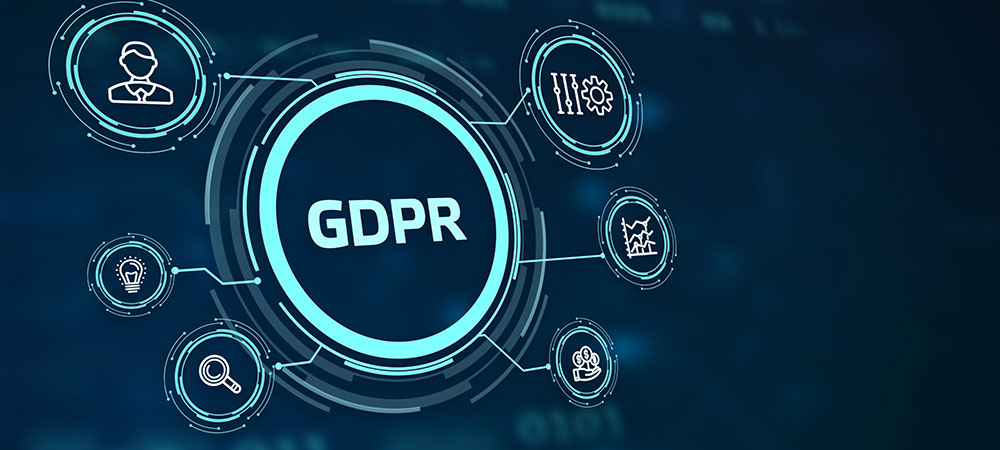
Challenge
Media monitoring is critical for effective brand management and corporate communications, and can be expensive and time-consuming. Our client, an information technology service provider to prominent US healthcare organizations, was seeking comprehensive automated monitoring of online, print and broadcast media, with analysis of sentiment and customer affinities. They needed access to data from all major news networks, including searchable transcripts of broadcast media. They also needed data science assistance to develop advanced queries to locate and analyze all mentions of their brand, while filtering out noise.
Approach
KI Design’s KI Data monitoring service provides comprehensive yet cost-effective media and social media access as well as proprietary AI-powered analytics. KI Data searches online and print news media, including specialized and paywalled publications, TV and radio broadcast transcripts, and media sharing sites, all in near-real-time. Our service allowed our client to:
- Instantly find TV and radio mentions: sound bites, interviews and audio clips
- Identify and track specified content such as brand mentions, impact, and audience engagement
- Uncover and share valuable insights from various new media through interactive, customizable dashboards and reports
KI Design delivered dynamic tracking and analysis of online and print media coverage. We measured impact for our client’s brand in order to direct campaign strategies and broaden their audience. We provided analytics and reports focused on sentiment as well as client affinities based on different groups.
The insights we delivered enabled our client to improve their online reputation management, public relations, media relations, and customer service.
KI Design’s onboarding methodology involved assessments of the client’s needs, objectives, and criteria for success. We provided hands-on training workshops, check-ins, and on-going support. A five-stage timeline was developed to define deliverables: project initiation, a discovery workshop, KI Data configuration, user training, and, lastly, follow-up and support.
KI Design worked with our client to refine queries and analyze results. We provided our client with a better understanding of competitors’ actions, more feedback around their product, and new industry insights. Our data scientists developed reports analyzing the company’s and their products’ perceived reputation in traditional and social media, as well as potential client functions and needs.
Results
KI Design provided our client with a user-friendly media monitoring portal with the following features:
- Powerful search tools that find relevant content in seconds
- High-quality, searchable automated transcripts of broadcast media available in near-real time, with a simple tool to extract audio and video clips from source recordings
- Custom, multi-dimensional and interactive dashboards which allow users easily to consume and share valuable data
- Automated notifications in near real-time to alert staff to brand mentions in public media
- Curated daily content summary
- Audience measurement data
- Shareable reports, collections, and assets
Our data scientists also developed in-depth monthly and annual reports analyzing media coverage of our client and their clients, with a particular focus on presence/position in media outlets. We also provided a searchable, updated and targeted list of media contacts and influencers.
The insights we delivered enabled our client to improve their online reputation management, public relations, media relations, and customer service. Alerts and automated analytics enhanced our client’s crisis management capability. Campaign analysis and competitor analysis reports informed marketing and communication strategies, leading to greater earned media value. Specialized news monitoring queries even enabled our client to deliver intelligence on privacy risks to their healthcare clients, helping them better to protect patients’ health information.





